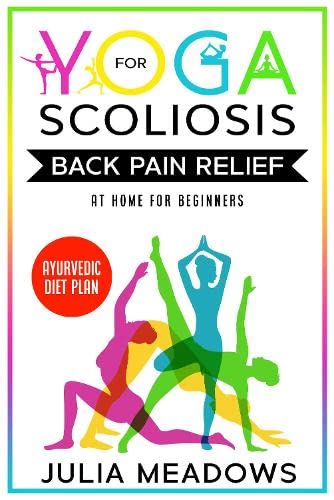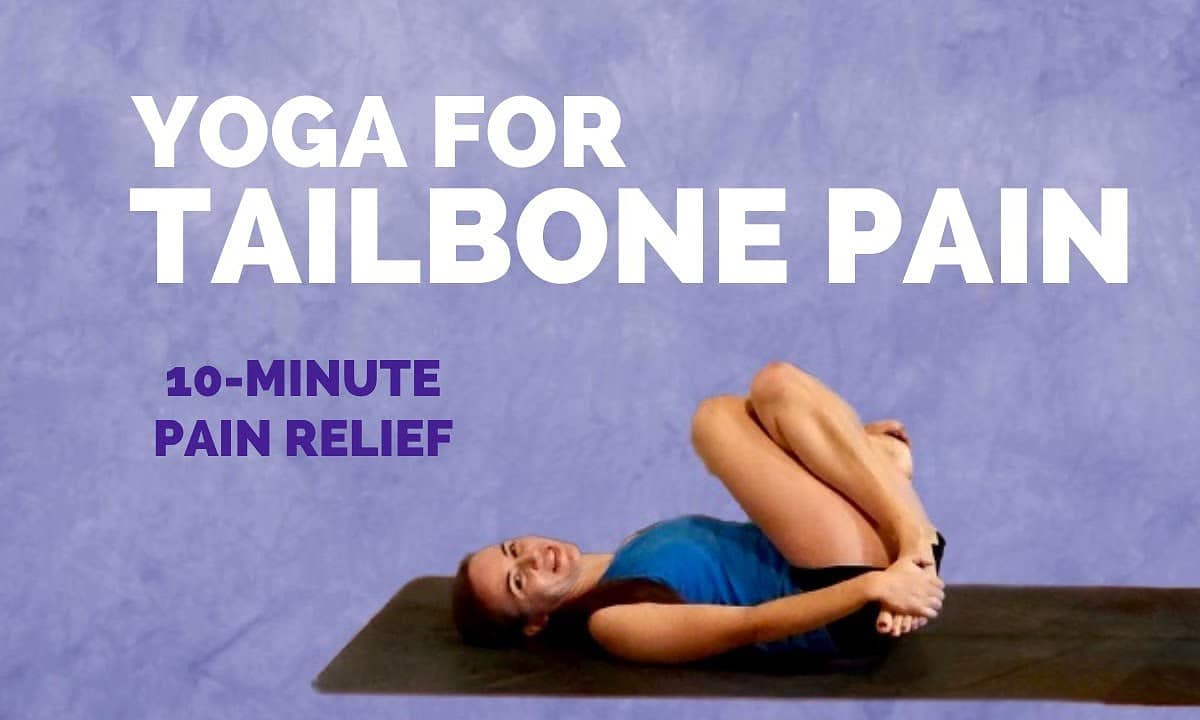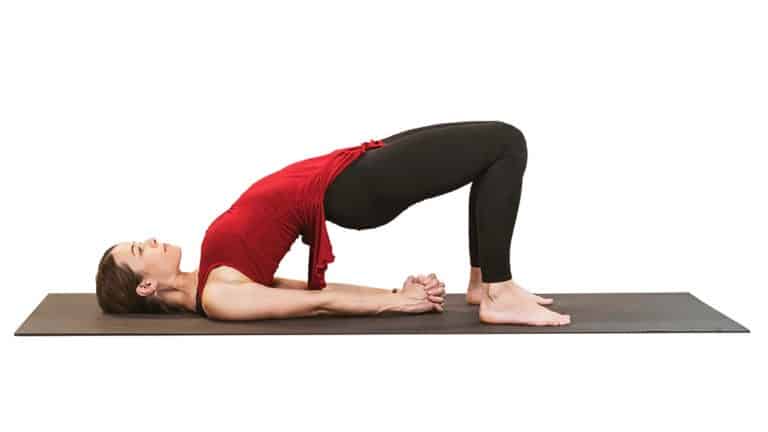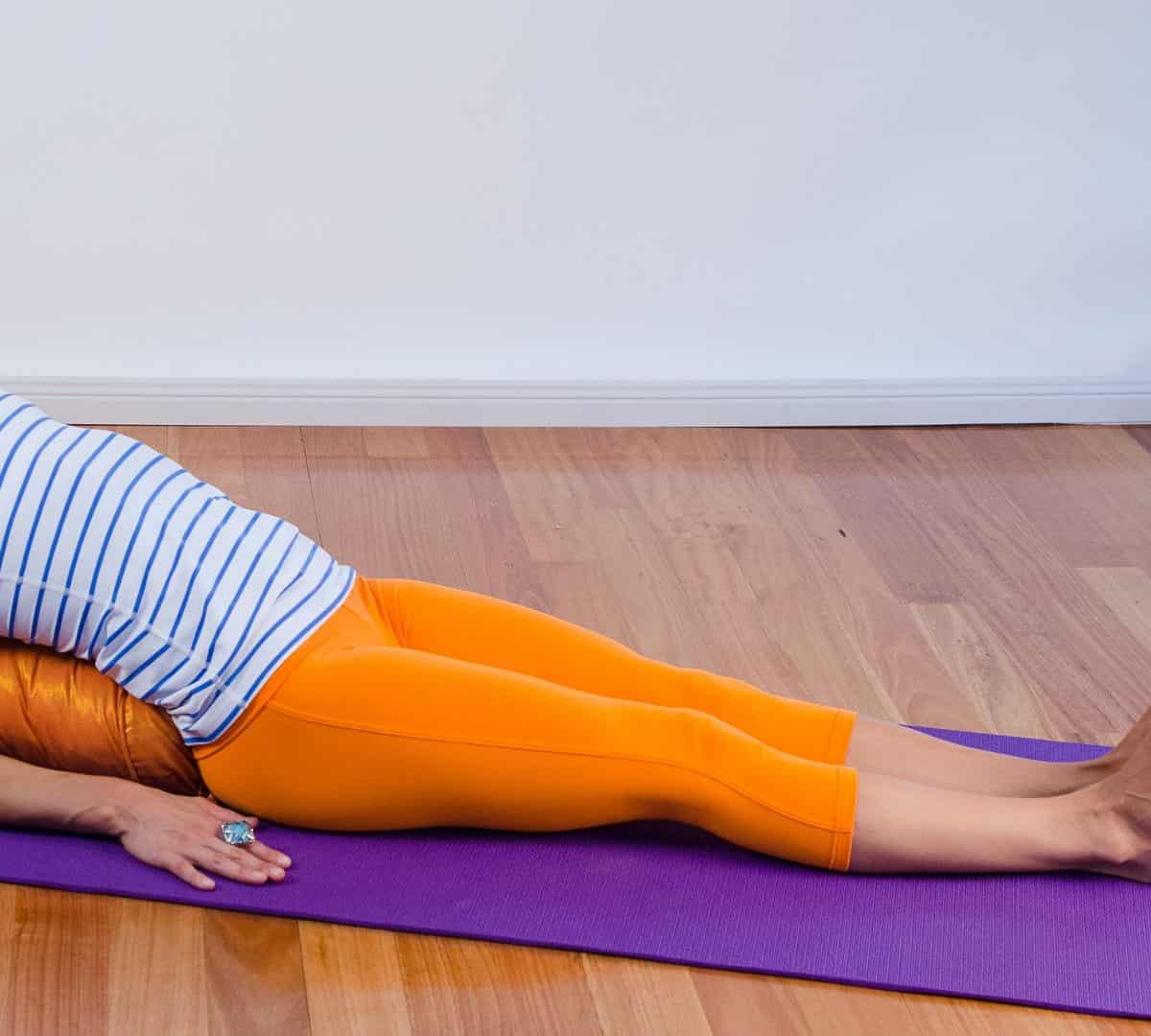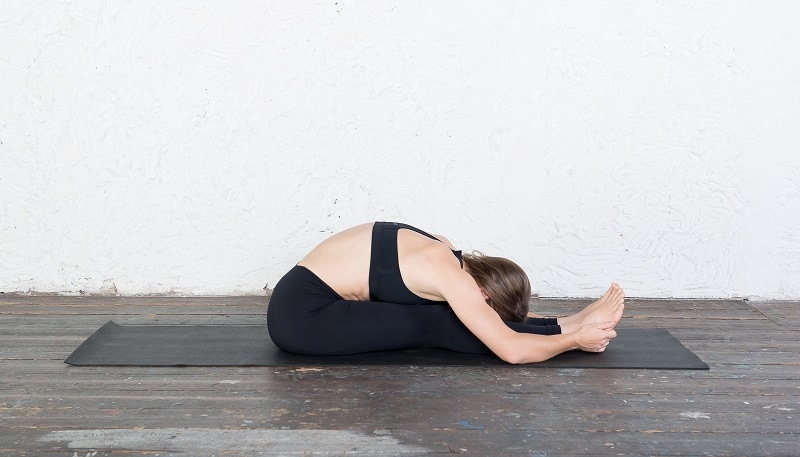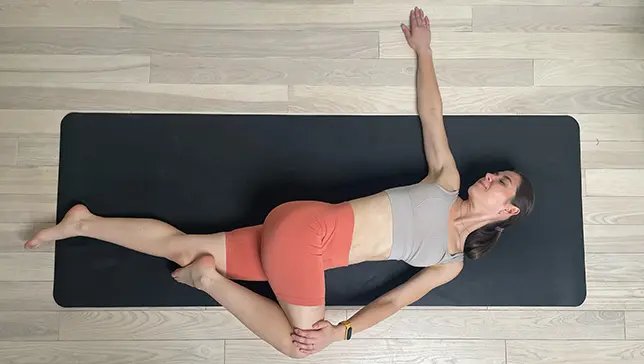In this article, we will explore the causes and symptoms of tailbone pain, the benefits of yoga for tailbone pain relief, specific yoga poses that can help alleviate discomfort, tips for practicing yoga with tailbone pain, lifestyle changes to support healing, and when to seek medical attention.
If you’re experiencing tailbone pain, incorporating yoga into your routine can provide relief and promote healing. Yoga offers numerous benefits for tailbone pain, including improving flexibility and strength, reducing inflammation and pain, and relieving tension and stress.
Understanding tailbone pain
Tailbone pain, also known as coccydynia, refers to discomfort or pain in the coccyx, the small triangular bone at the bottom of the spine. This pain can be caused by various factors and can range from mild to severe.
Causes of tailbone pain
Tailbone pain can be caused by trauma or injury to the coccyx, such as a fall or childbirth. It can also be a result of prolonged sitting on hard surfaces, poor posture, or repetitive strain on the tailbone area. In some cases, tailbone pain may be associated with conditions like arthritis, infections, or tumors.
Symptoms of tailbone pain
The symptoms of tailbone pain can vary from person to person. Common symptoms include localized pain or tenderness at the base of the spine, pain that worsens with sitting or during activities that put pressure on the tailbone, and discomfort when transitioning from sitting to standing. Some individuals may also experience pain during bowel movements or sexual intercourse.
Benefits of yoga for tailbone pain
Yoga can be a valuable tool in managing and alleviating tailbone pain. Here are some of the benefits it offers:
Improving flexibility and strength
Yoga poses gently stretch and strengthen the muscles surrounding the tailbone, promoting flexibility and stability in the area. Increased flexibility can help reduce pain and improve overall comfort.
Reducing inflammation and pain
Certain yoga poses can help reduce inflammation and alleviate pain in the tailbone area. The gentle movements and stretches stimulate blood flow, promoting healing and reducing discomfort.
Relieving tension and stress
Tailbone pain can often lead to tension and stress in the surrounding muscles. Yoga incorporates relaxation techniques and deep breathing, which can help release tension and promote a sense of calm and well-being.
Yoga poses for tailbone pain relief
Here are some yoga poses that can help alleviate tailbone pain:
Child’s Pose (Balasana)
Child’s Pose gently stretches the lower back and tailbone area, providing relief and relaxation. Start by kneeling on the floor, then sit back on your heels and fold your torso forward, resting your forehead on the mat or a cushion. Extend your arms forward or alongside your body, whichever is more comfortable.
Bridge Pose (Setu Bandhasana)
Bridge Pose helps strengthen the muscles in the lower back and buttocks, providing support to the tailbone. Lie on your back with your knees bent and feet flat on the floor. Press your feet into the mat, lift your hips off the ground, and interlace your hands beneath your pelvis. Hold the pose for a few breaths before gently lowering your hips back down.
Supported Fish Pose (Matsyasana)
Supported Fish Pose opens up the chest and stretches the front of the body, relieving tension in the tailbone area. Place a bolster or folded blanket lengthwise on your mat. Sit on the edge of the bolster, then lie back, allowing your head and upper back to rest on the support. Extend your legs or keep them bent, whichever is more comfortable.
Seated Forward Bend (Paschimottanasana)
Seated Forward Bend stretches the hamstrings and lower back, providing relief to the tailbone. Sit on the floor with your legs extended in front of you. Hinge forward from the hips, reaching for your feet or ankles. If you can’t reach, use a strap or towel around your feet to assist in the stretch.
Supine Twist (Supta Matsyendrasana)
Supine Twist gently stretches the lower back and hips, promoting relaxation and relieving tension in the tailbone area. Lie on your back with your knees bent and feet flat on the floor. Extend your arms out to the sides, then drop both knees to one side, keeping your shoulders grounded. Hold the pose for a few breaths before switching sides.
Tips for practicing yoga with tailbone pain
When practicing yoga with tailbone pain, it’s important to listen to your body and make modifications as needed. Here are some tips to keep in mind:
Listen to your body
Pay attention to how your body feels during each pose. If a particular pose causes pain or discomfort, modify it or skip it altogether. It’s essential to honor your body’s limitations and avoid pushing yourself too far.
Use props for support
Props such as blocks, bolsters, or blankets can provide additional support and cushioning for sensitive areas. Use them to modify poses and make them more comfortable for your tailbone.
Modify poses as needed
Feel free to modify poses to suit your needs. For example, if a seated pose is uncomfortable, try using a chair or sitting on a folded blanket to elevate your hips and reduce pressure on the tailbone.
Other lifestyle changes to support healing
In addition to practicing yoga, making certain lifestyle changes can support the healing process for tailbone pain. Consider the following:
Improving posture
Maintaining good posture throughout the day can help alleviate tailbone pain. Sit and stand with your spine aligned, avoiding slouching or hunching forward.
Using cushions or pillows for sitting
Using cushions or pillows with proper support can help reduce pressure on the tailbone when sitting for extended periods. Choose cushions specifically designed for tailbone pain relief.
Avoiding prolonged sitting
If possible, take breaks from sitting for long periods. Stand up, stretch, and move around to prevent excessive pressure on the tailbone.
When to seek medical attention
While yoga and lifestyle changes can be beneficial for tailbone pain, it’s important to seek medical attention if the pain persists or worsens.
Additionally, if the pain is accompanied by other symptoms such as numbness, tingling, or difficulty with bowel or bladder control, it’s crucial to consult a healthcare professional for a proper diagnosis and treatment.
Conclusion
Incorporating yoga into your routine can be a valuable tool in managing and alleviating tailbone pain. By improving flexibility and strength, reducing inflammation and pain, and relieving tension and stress, yoga offers numerous benefits for tailbone pain relief. Remember to listen to your body, use props for support, and modify poses as needed.
Additionally, making lifestyle changes such as improving posture, using cushions or pillows for sitting, and avoiding prolonged sitting can support the healing process. If the pain persists or worsens, it’s important to seek medical attention for a proper diagnosis and treatment.
Start your yoga practice today and experience the benefits it can bring to your tailbone pain relief journey.
Originally posted 2023-05-26 13:40:24.


